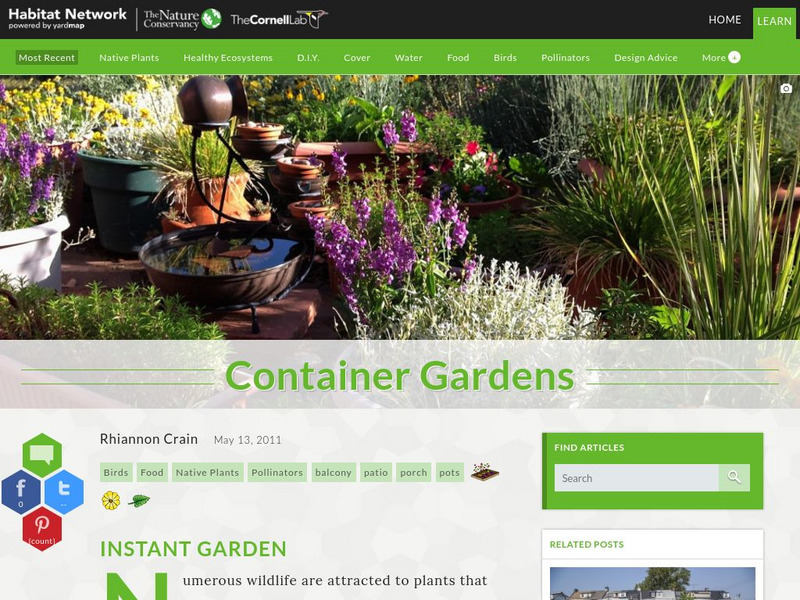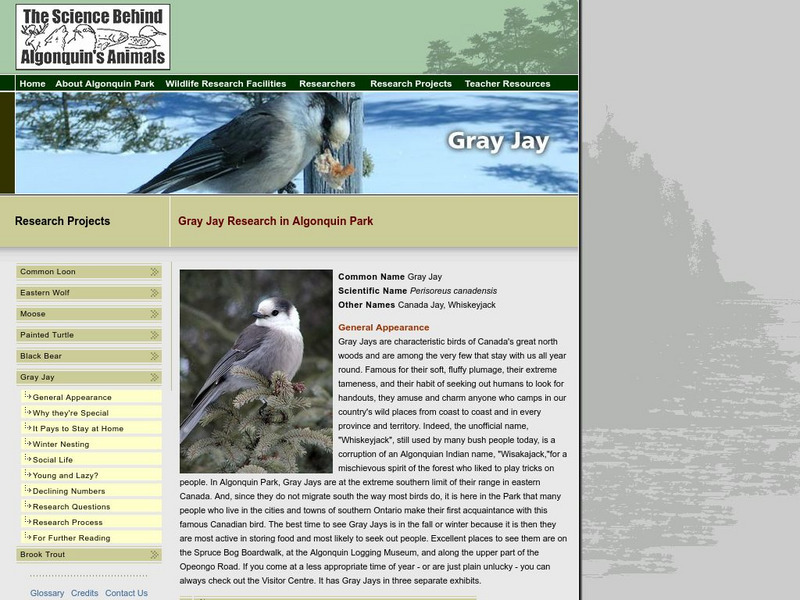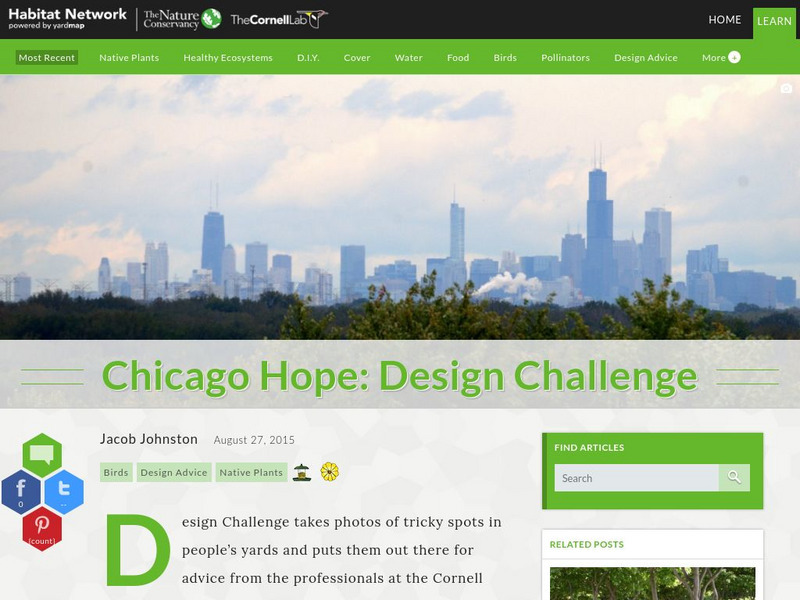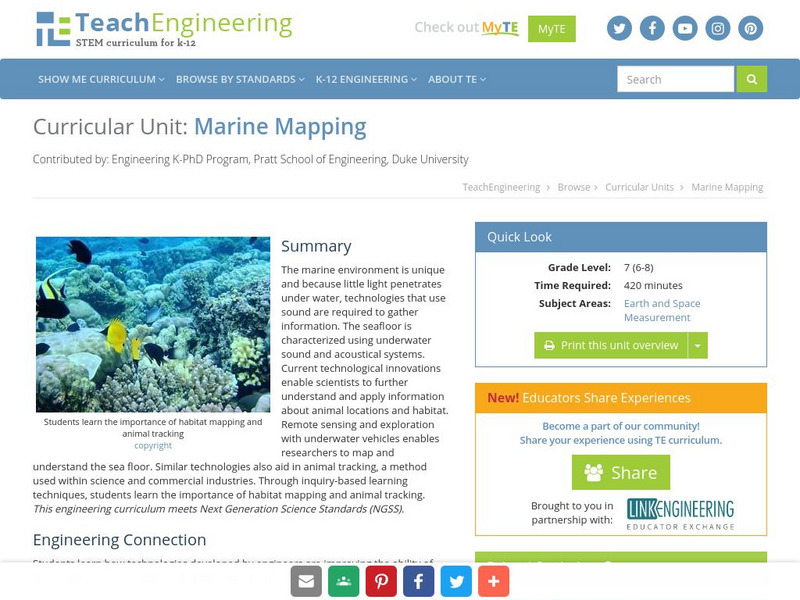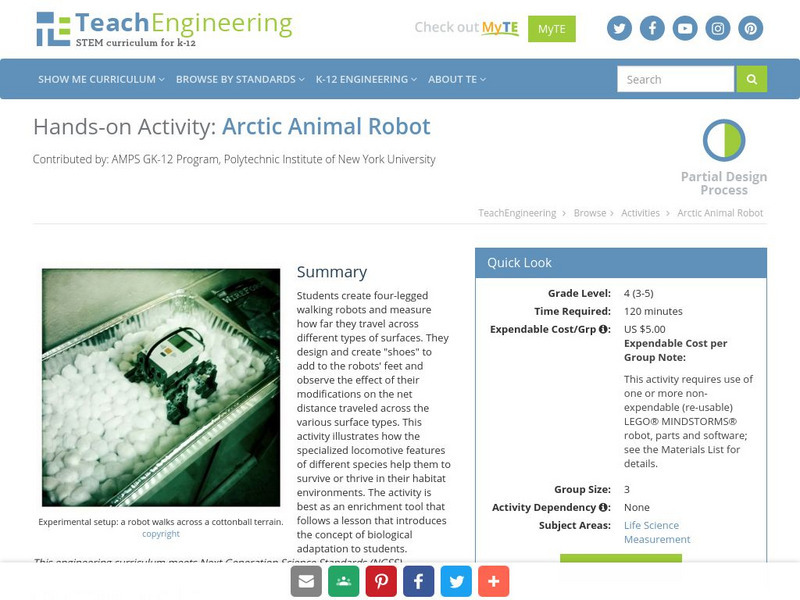Cornell Lab of Ornithology
Habitat Network: Rock Walls and Piles
Find out how to use rocks and other features to maximize growth in a garden.
Cornell Lab of Ornithology
Habitat Network: Rain Gardens
Get some tips and strategies to create a sustainable rain garden.
Cornell Lab of Ornithology
Habitat Network: On an Abandoned Lot
Learn some simple things that will improve the composition of plants on vacant, urban lots.
Cornell Lab of Ornithology
Habitat Network: At a Community Garden
Learn how to make a sustainable plot as part of a community garden.
Cornell Lab of Ornithology
Habitat Network: Container Gardens
Learn how to maximize the wildlife in a small space by planting a container garden.
Cornell Lab of Ornithology
Habitat Network: Food
Find out about different birds' food preferences, and how those affect their habitats.
Cornell Lab of Ornithology
Habitat Network: Coastal
Learn about coastal habitats, and how to help support nesting shorebirds.
Cornell Lab of Ornithology
Habitat Network: Bog Wetlands
Find out why bogs are one of the most unique and fascinating types of wetlands in North America.
Cornell Lab of Ornithology
Habitat Network: Bioswales for Stormwater Management
Find out how to bring life, diversity, and usefulness to something as common as a drainage ditch.
Cornell Lab of Ornithology
Habitat Network: On a Farm
Learn about the effect that agricultural advancement has had on bird diversity in those environments.
Cornell Lab of Ornithology
Habitat Network: Snags: Nature's Apartment Complexes
Find out why the sometimes hazardous or untidy dead trees are actually quite important to wildlife.
Cornell Lab of Ornithology
Habitat Network: Making 'Messy' Look Good
Get some tips and tricks on making a landscape not only beautiful but ecologically relevant.
Cornell Lab of Ornithology
Habitat Network: Desert Cacti: Fruit Producing "Trees"
Find out why native fruit-producing trees and shrubs are essential components of diverse habitats.
Cornell Lab of Ornithology
Habitat Network: Sunny Georgia Strip: Design Challenge
Design challenges take photos of tricky spots in people's yards and put them out there for advice from the professionals at the Cornell Lab of Ornithology. Check out this sunny Georgia landscape in need of help.
Friends of Algonquin Park
The Science Behind Algonquin's Animals: Black Bear
Known as the American Black Bear or commonly the Black Bear, information is detailed on its appearance, weight, migration patterns, food sources, major predators and breeding. This is an excellent resource for the student researcher.
Friends of Algonquin Park
The Science Behind Algonquin's Animals: Gray Jay
The Gray Jay is found in Canada's north woods and is one of the few birds that stay all year round. Learn about its appearance, why they are special, nesting, and social life along with other interesting facts.
Cornell Lab of Ornithology
Habitat Network: Chicago Hope: Design Challenge
Design Challenge takes photos of tricky spots in people's yards and puts them out there for advice from the professionals at the Cornell Lab of Ornithology. Check out this urban landscape.
Cynthia J. O'Hora
Mrs. O's House: Habitat Project Digital Science Journal
Develop a digital story to illustrate and inform others about different habitats or ecosystems. Resources for building a digital story are provided.
American Geosciences Institute
American Geosciences Institute: Earth Science Week: Mystery Mollusc
Students become marine biologists, and their goal is to characterize the biological communities that live on or near the seamount in the Monterey Bay area. There, they must identify a mystery mollusk.
TeachEngineering
Teach Engineering: Marine Mapping
The marine environment is unique and requires technologies that can use sound to gather information since there is little light underwater. The seafloor is characterized using underwater sound and acoustical systems. Current...
TeachEngineering
Teach Engineering: Arctic Animal Robot
Students create four-legged walking robots and measure how far they travel across different types of surfaces. They design and create "shoes" to add to the robots' feet and observe the effect of their modifications on the net distance...
Other
Tulsa Walk: Birds of Prey of Oklahoma
Choose a bird of prey from a convenient drop-down menu to find out more about its conservation status, identifying characteristics, feeding habits, habitat, and nesting behaviors. Information compiled for an eighth-grade science project...
Alabama Learning Exchange
Alex: Beanie Baby Habitats Collaborative Project
With the booming market of "Beanie Baby" type stuffed animals being so prominent in students' lives, this project brings that interest into the classroom through the use of research, science, hands-on experiences, and technology. The...
Alabama Learning Exchange
Alex: Surviving in the World!
After learning about the survival traits of the chameleon, students will work in groups to research the survival traits of other animals on the Internet and will create a slide show using the collected information to share with the...






